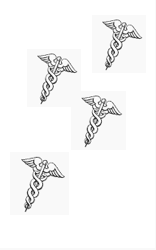
Six competitor CEOs and one ex-CMO discuss the biggest-ever digital health merger
By JESS DAMASSA & MATTHEW HOLT
It was the news that stunned the world of health tech. And us! So we had seven of Teladoc and Livongo’s biggest competitors weigh-in on what the merger means for telehealth, digital health, the future of health care delivery–and their businesses! You’ll hear from the CEOs of Omada, Ginger, One Drop, Vida, Lark & Cloudbreak, with some spicy commentary from Lyle Berkowitz who was, until recently, CMO at MD Live. From reaction to the merger to speculation about how this will impact the future of digital health funding, fasten your seat belts for some impactful and fun infotainment about all the implications of the deal.









